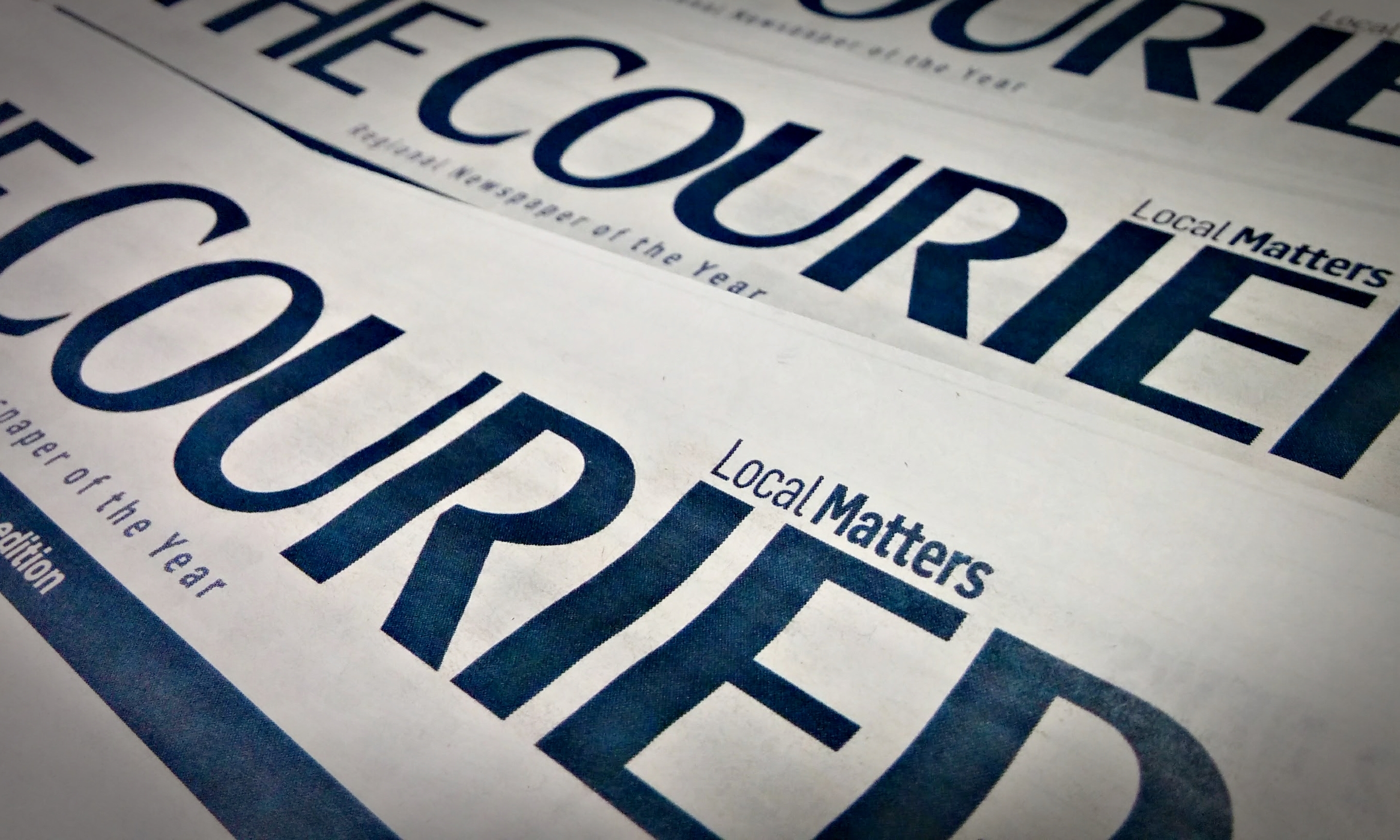The Courier is Scotland’s most trusted newspaper, according to the latest statistics.
An overwhelming majority of readers – 85% – trust what they read in our paper, the newly-released figures showed.
In further good news, our title was ranked among the most popular newspapers in the UK, with an average monthly reach of 643,000 readers across our print and digital channels.
Our northern neighbour and fellow DC Thomson title The Press and Journal was also among the most read and trusted, with a monthly reach of 564,000 and a readership trust rating of 82% – just two places down from The Courier.
Both titles had higher trust scores than national papers The Times, The Sunday Times, The Sun, the Daily and Sunday Telegraph, the Daily Mail, the Daily Mirror and the Daily Express.
And they also finished above the Scotsman, Scotland on Sunday and the Herald.
The data was released by the Publishers Audience Measurement Company (PAMCo), which replaced the National Readership Survey this year.
It is the first time the results of surveys into readers’ level of trust in national and regional papers across the UK have been released.
They are based on 35,000 face-to-face interviews conducted each year by Ipsos Mori, the market research company.
PAMCo says the figures show well traditional and established brands still earn their readers’ trust.
Simon Redican, chief executive of PAMCo, said: “Our new engagement metrics show the high levels of trust readers place in established media brands and, despite the proliferation of content available to consumers, that they still place great value in curated content from trusted brands.
“This, together with recently published findings from other industry bodies, demonstrates that quality of content delivers true value for both readers and advertisers.”










